Work, rest and weed: Dan Pearson and his partner Huw Morgan share their garden vision

Roula Khalaf, Editor of the FT, selects her favourite stories in this weekly newsletter.
There is a moment each year in late June, when the Somerset garden of landscape designer Dan Pearson and his partner, Huw Morgan, reaches a crescendo. “There’s this wonderful Japanese word shun, which is when something is full of its life force,” says Pearson. “In that peak, when the meadows are flourishing, everything is reaching for the solstice, and you can feel the energy pouring from it. It’s quite overwhelming – you’re aware of this special time slipping through your fingers and you can’t take it all in because it’s so alive.”
Ten years ago, when they found Hillside, they’d been searching for a place in the country for almost a decade and had gardened “every inch” of their former home in Peckham. A friend living locally tipped them off about the stone farmhouse that perches on a south-facing hill with 180-degree vistas of the valley but, as Pearson recalls, didn’t really sell the place too well: “They told us we needed to see it before it went on the market but that ‘it was nothing special.’” In fact, Pearson and Morgan made an offer on the spot. “The previous owner, a farmer who was born in the house and died on his tractor aged 74, was famous for saying, ‘You can’t live off the view.’ We’ve found the opposite to be true,” says Morgan.
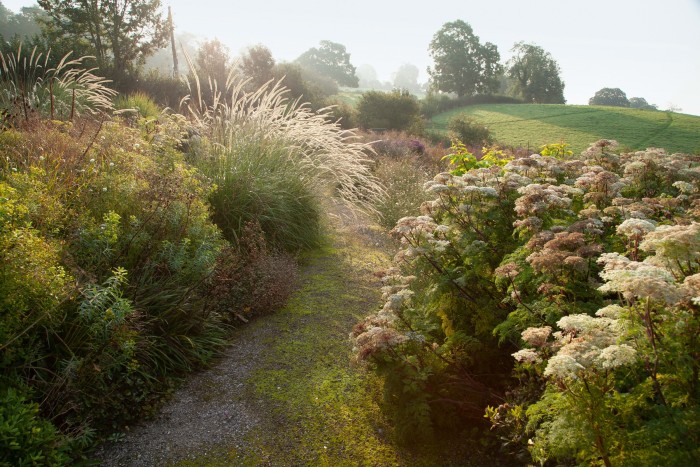
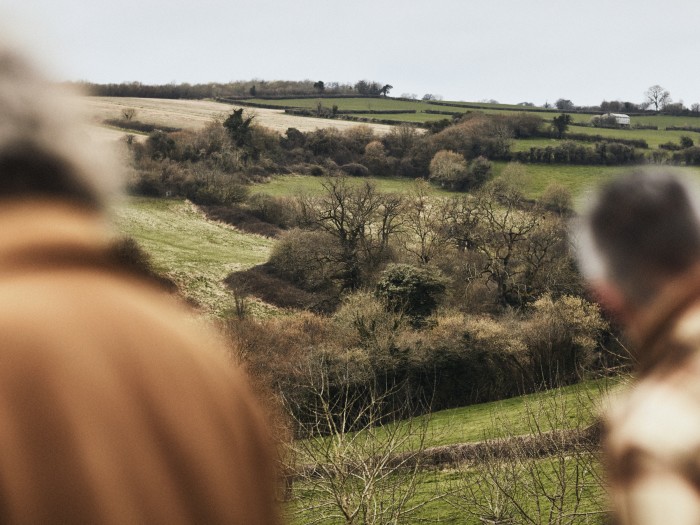
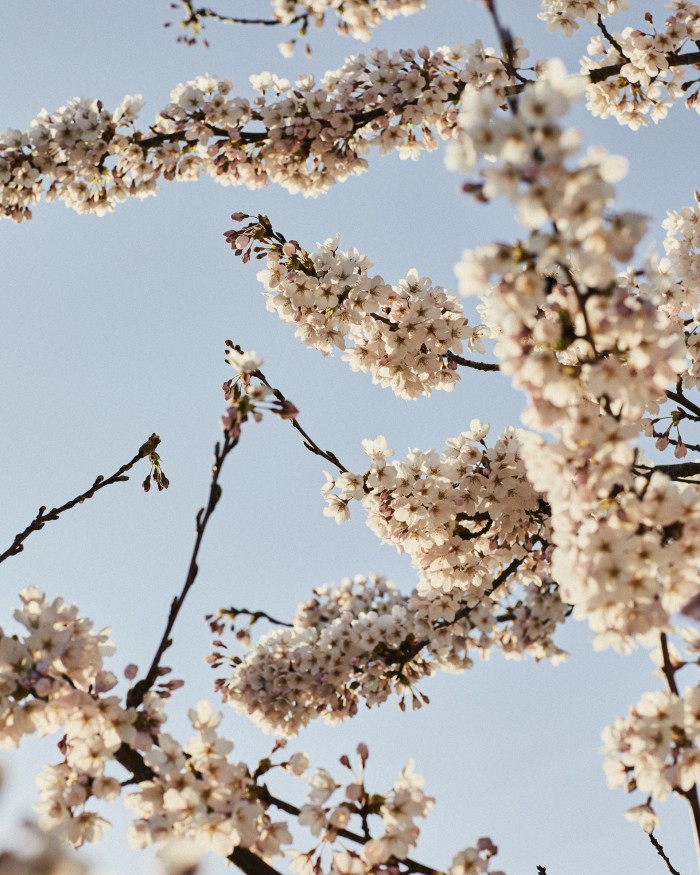
Their 20 acres, cleared for decades for grazing cows, had been stripped of vegetation. In their first winter they planted an orchard, then a nuttery and a blossom wood with cherry plum, wild pear, sorbus and viburnums flowering all the way through spring, while providing shelter and autumn fruits for the birds. They repaired hedges and oversowed meadows and amplified the atmosphere in the corridors that demarcate the land with swaths of snowdrops and wild narcissus. They tried-and-tested beloved plants to see what could survive and thrive on the exposed plot before starting work on their one-acre ornamental garden, which slopes away from their home and studio into the undulating landscape. While they wrangled with planning permission, the pair lived in the farmhouse with swirly carpets, tacky lino and washable wallpapers. “We’d walk in wearing wellies and didn’t have to worry about it,” says Morgan. “But there was something nice about taking that time to see how the light came in through the windows before renovating.”
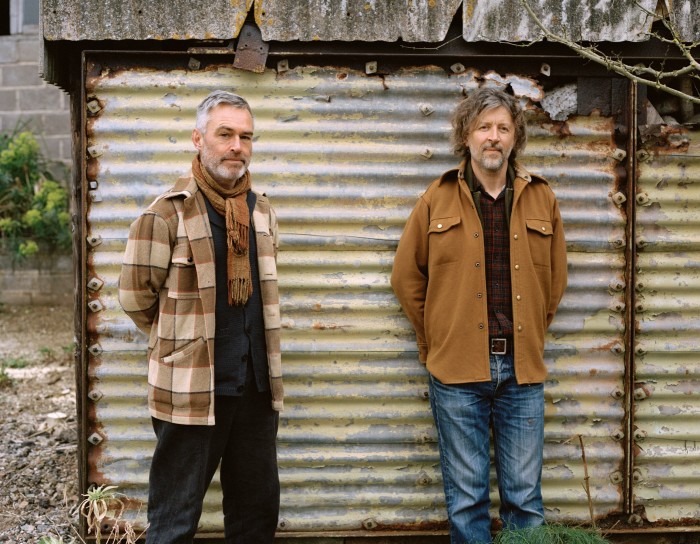
The idea of time – and the passing of it – is central to Pearson’s projects, which span almost 35 years. At the vast Tokachi Millennium Forest in Hokkaido, where the Japanese newspaper magnate Mitsushige Hayashi commissioned Pearson to create a series of epic landscapes in 600 acres that could be sustainable for 1,000 years, the aim was to help people reconnect with nature for generations to come. His latest client is Liberty Woodland School, the first primary school from outdoor-nursery group Little Forest Folk, which rents sites across London to give city children access to nature.
“It’s really interesting when you go and see the kids in January in full wet-weather gear with mud and sticks, building shelters, playing with logs and learning a huge amount of life skills. It will have a positive influence – those kids will have influence,” says Pearson, who was five when he was first entranced by nature, his father having built a pond at his childhood home. “That’s how I got into what I’m doing now. It’s amazing as a studio to be contributing in a tangential way to a project like that.”

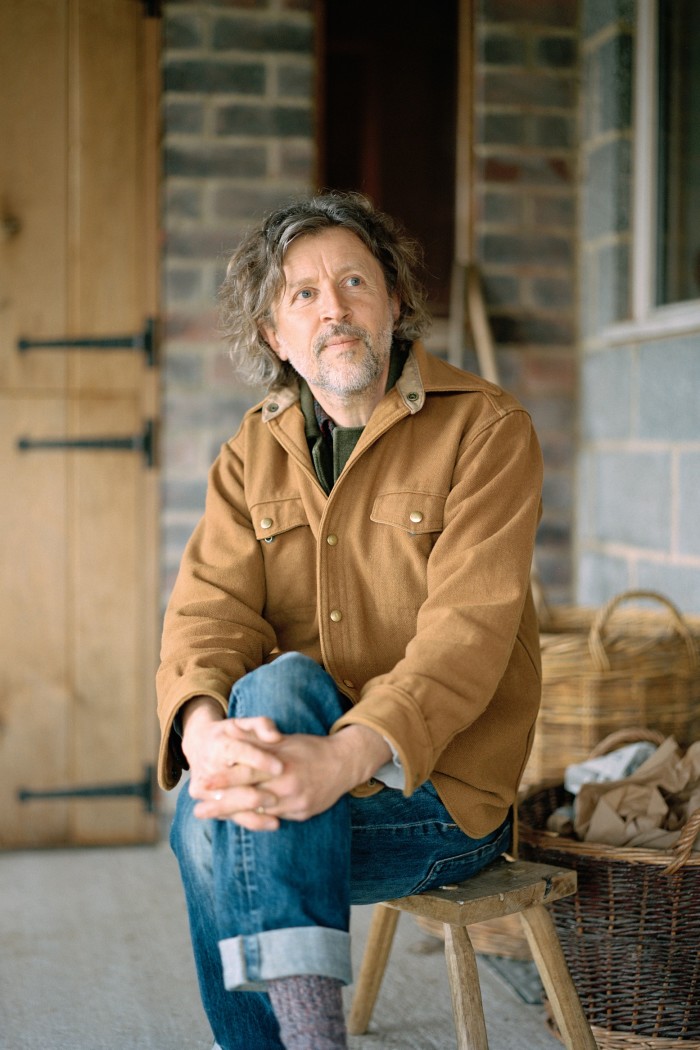
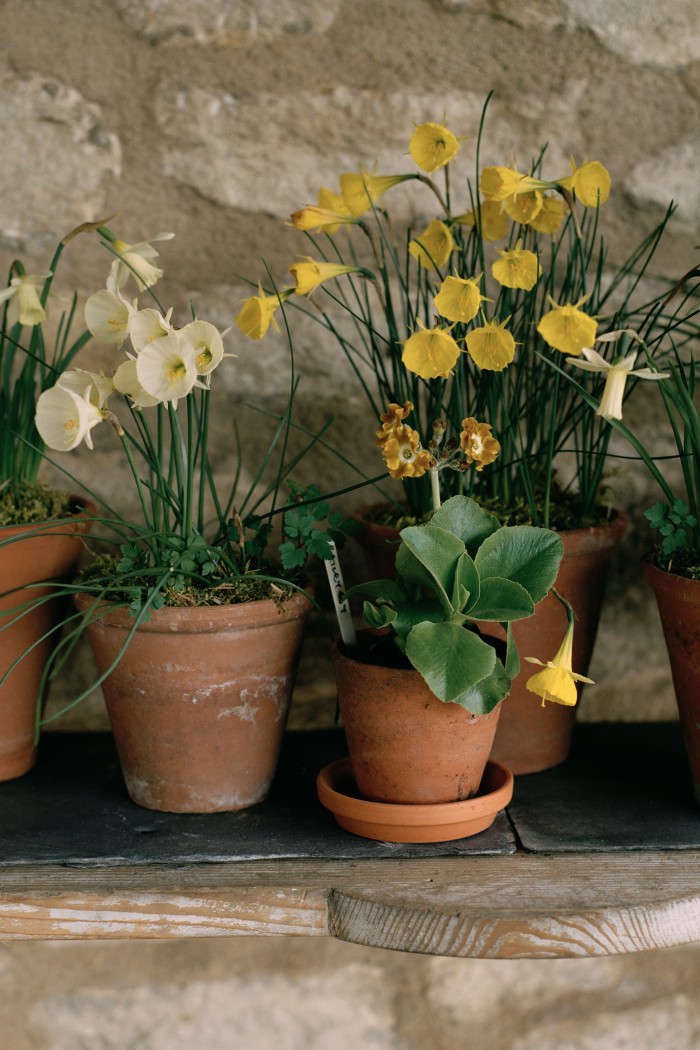
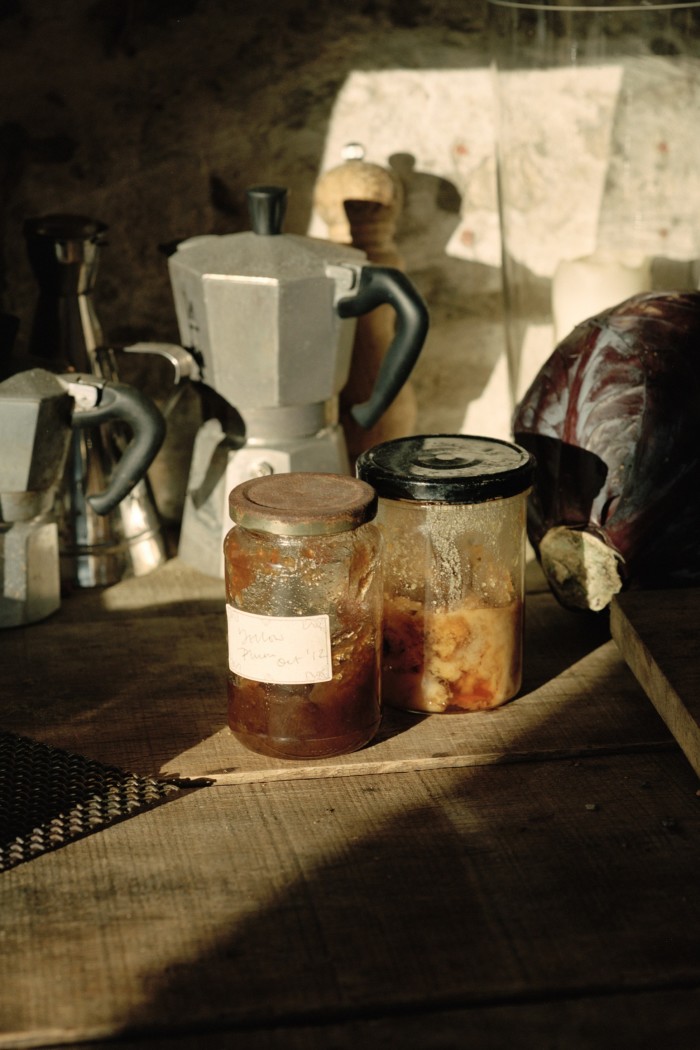
Using the transformative power of landscape to benefit others is a subject close to his heart. Not least at the charity Maggie’s, which provides walk-in support for anyone affected by cancer, and where the gardens are an integral part of their care. Pearson has completed two gardens for the charity – in Manchester and in west London at Charing Cross Hospital where, parallel to the relentless rumble of the Fulham Palace Road, a serpentine walk under London plane trees leads visitors through a tranquil woodland garden. There is something to see every week of the year, including the joyous flowering of a group of white Magnolia x loebneri “Merrill” in spring.
Early on in his work for Maggie’s, Pearson was introduced to Cath Knox, who was in remission but would later be given a terminal diagnosis. “One of the things she said was that when you are given a life sentence, or a very specific timeframe that you’ve got left, every single day matters – every moment becomes different,” he says, reflecting on the importance of therapeutic gardens.
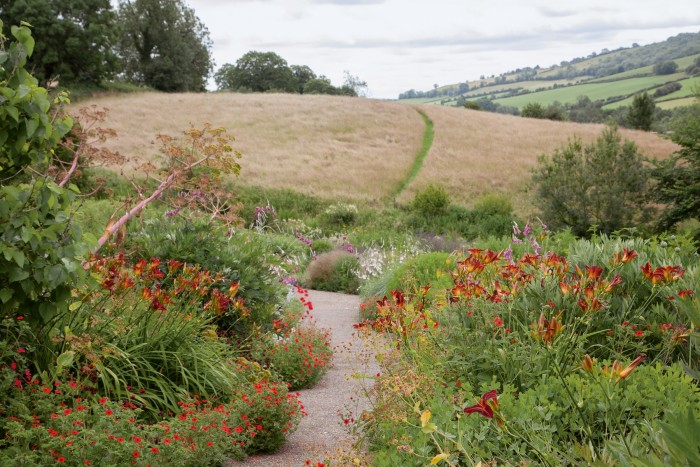

Marking those moments with plants, highlighting the unstoppable pace of nature and the inherent sense of hope that comes with it, has resonated far more broadly over the past year. Last March, Pearson began posting short videos on Instagram of the progression of spring in the garden and landscape around Hillside. “It touched people so deeply,” says Morgan, “being able to observe those natural processes happening when it feels as though everything else is falling apart.” It has inspired them to invest in broadcast-quality camera equipment. “We want to capture that sense of time in some way.”
The pair first met on the street in London’s Soho in the early ’90s. “We just started talking to each other – it was one of those moments that you don’t expect to happen,” recalls Morgan, who at the time was working for a film company based in Camden. In 1992, he joined the sales arm of the French art-house film production company Ciby 2000, whose directors included Pedro Almodóvar, Bernardo Bertolucci and Jane Campion, and within three months (aged 27) had launched the company at the Cannes Film Festival. By 2001 he had freelanced for MGM and Pathé, and was working on his own photography and film projects. Around the same time, Pearson had completed his first piece of public work – the Millennium Dome in London – and was starting on Roppongi Hills in Tokyo, giving him a taste for the large-scale projects he could be working on if he could expand his studio. He and Morgan drew up a list of people they would need to bring on board – one key role was a studio manager. “We were racking our brains for anyone we could approach,” recalls Morgan. “Then it just came to me – I’ve got all these skills. Dan looked horrified at the idea of us working together but he knew I was right.” The pair have worked side by side ever since.


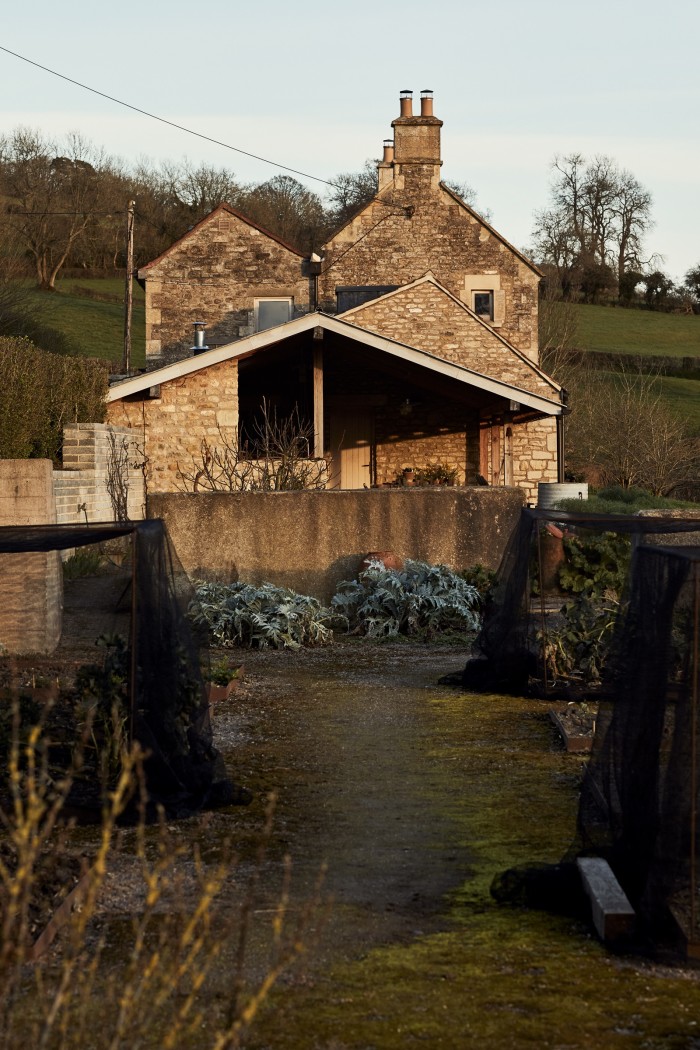
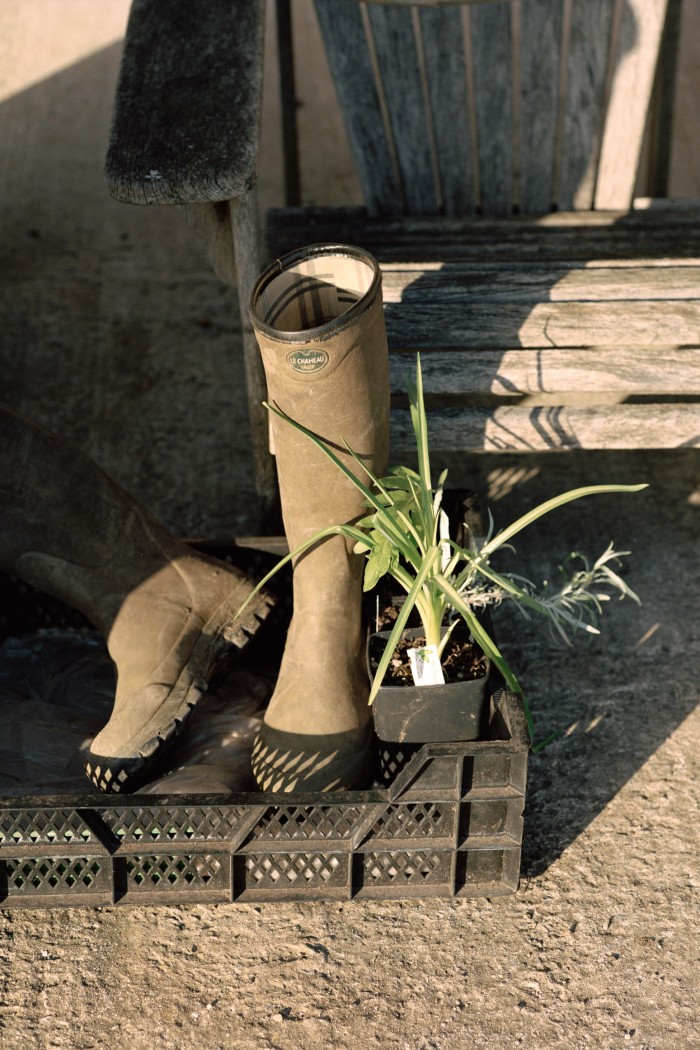
Last March, Pearson and Morgan began working remotely out of Hillside from a converted milking barn on the grounds, where they regularly catch up with colleagues at their Waterloo HQ. Creating new landscapes while immersed in one makes a quantifiable difference to Pearson. “You feel more connected with what you are doing,” he admits. “Every single day something changes and it makes you more aware of the need to look and take note. Our staff who are stuck in city flats are hungry for that – connecting with the landscape and the world we are designing for provides so much hope.”
In many ways, the house and garden bring Pearson full circle from his first commission at the 18th-century Home Farm in Northamptonshire. From 1987, he created a three-acre garden segueing into the surrounding landscape under the guidance of its owner, Frances Mossman (the designer behind successes at Next and, later, George at Asda), who would become a mentor for the young plantsman. “We designed Home Farm without boundaries, and that was the germ of what we have created here,” explains Pearson, who had free access to the garden at Home Farm until it was sold in 2000, leaving “a big dent in our access to landscape”.
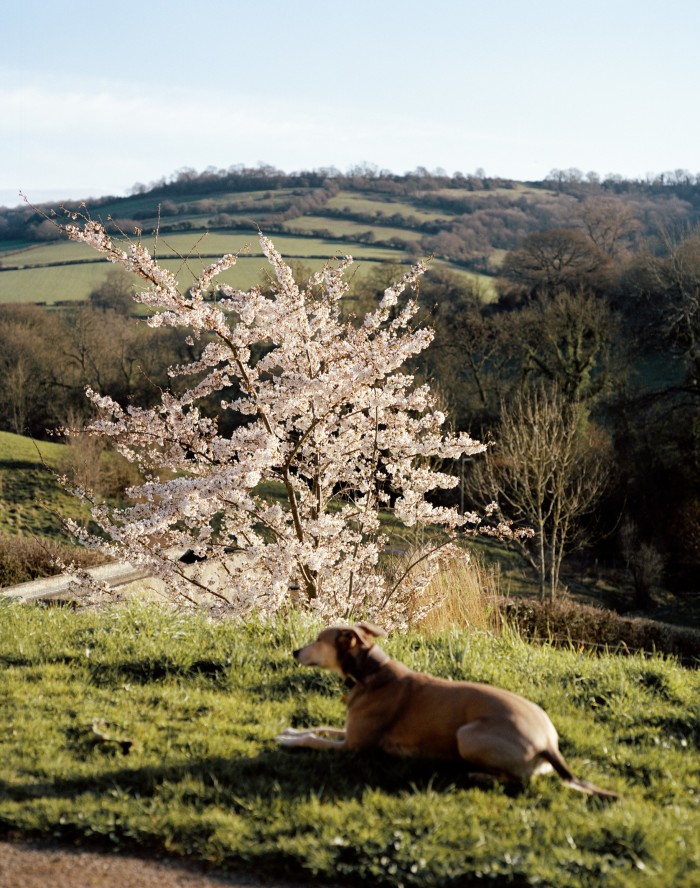
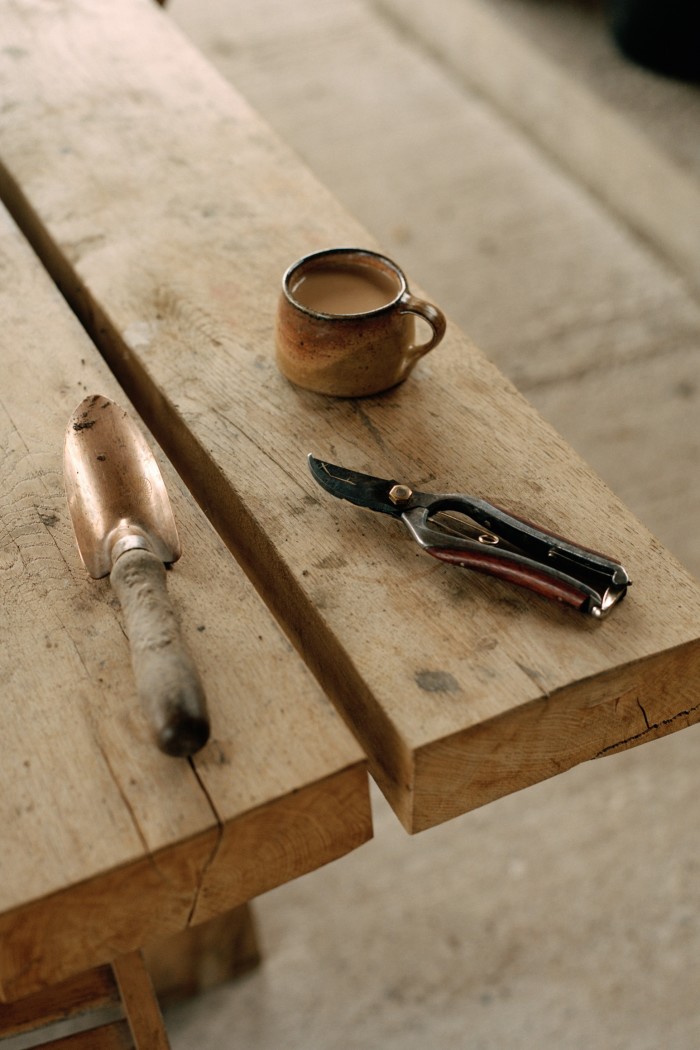
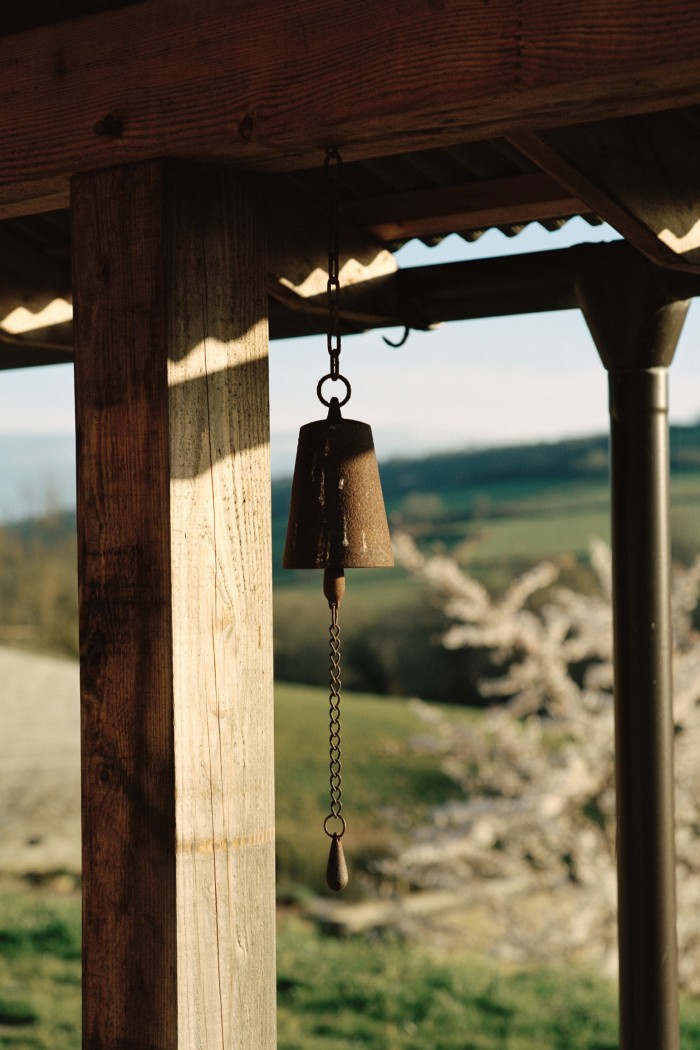
But now, finally, they have their own plot and life’s work. “We often feel guilty for feeling so good because this is where we want to be,” Pearson concludes. “We pinch ourselves every day for being so incredibly lucky, but we’ve also worked very hard to get here and it’s a remarkable feeling to know the place that you live in is so nurturing. It is completely sustaining on every level, really.”
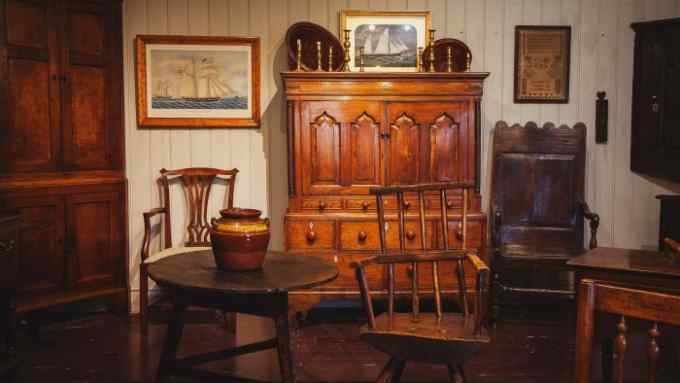
Comments